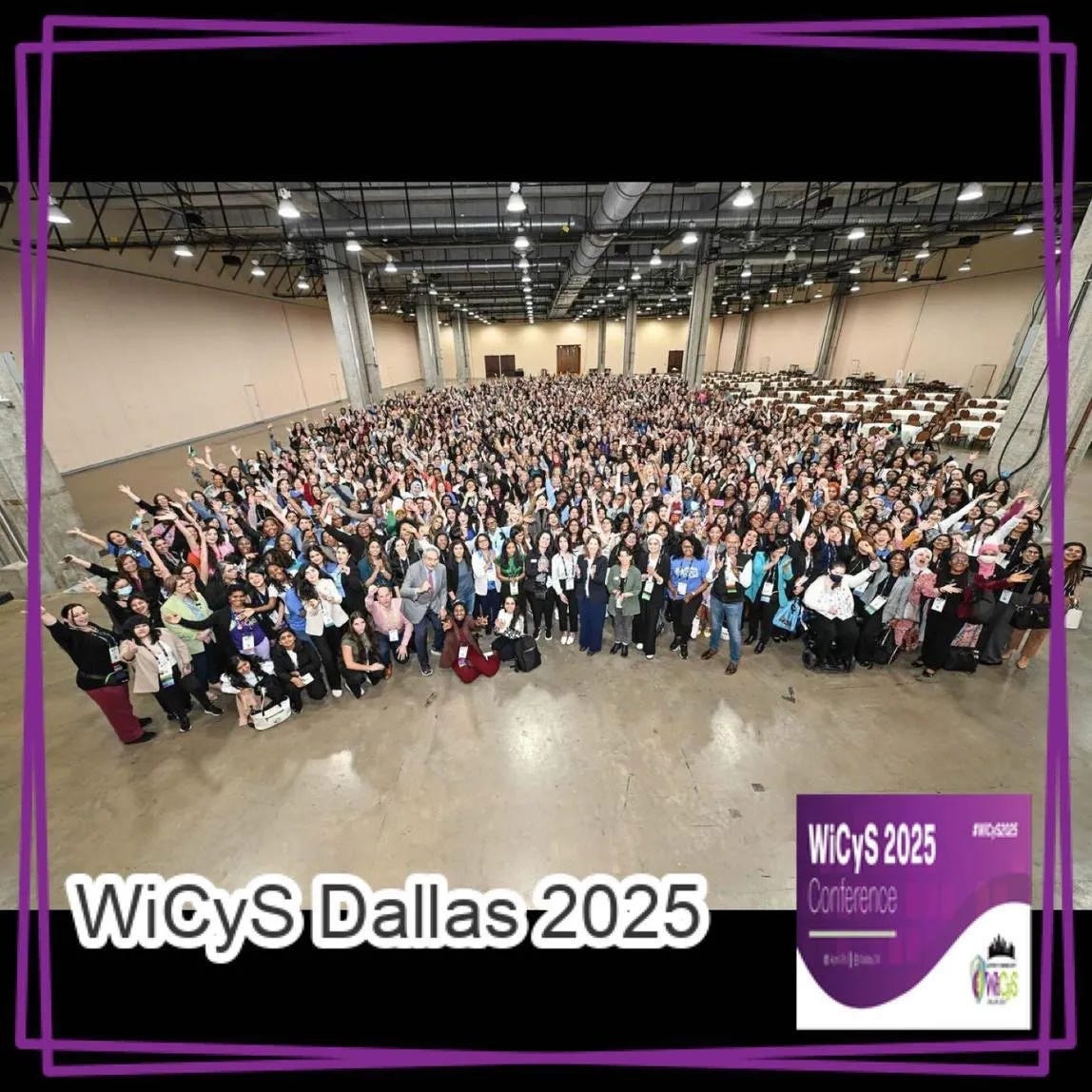Exploring Cloud Security & AI with Women in Cybersecurity (WiCys)
I recently attended Kavitha Bangalore's presentation on Cloud Security & AI at a Women in Cybersecurity (WiCys) event, and will share key takeaways that highlight the evolving relationship between cloud technologies, security challenges, and AI-driven solutions.
The Cloud Revolution: Context and Scale
The cloud computing landscape has reached unprecedente…
Keep reading with a 7-day free trial
Subscribe to The 180° ⋆.˚🦋༘⋆ to keep reading this post and get 7 days of free access to the full post archives.


